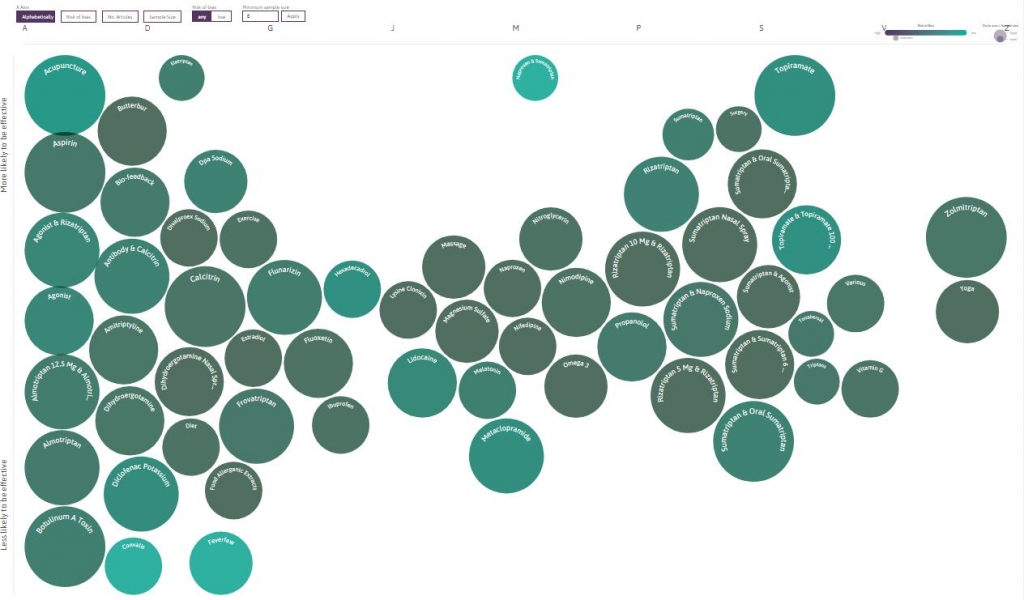Sidewalk Labs: “The long-term success of a neighborhood is predicated on its community members feeling a sense of ownership and belonging — of believing that, together, they are the stewards of their community. But it’s increasingly rare for 21st century city residents to join in the shared project of shaping their neighborhoods. Stop to consider: when was the last time you attended a community meeting? Volunteered at a neighborhood charity? Called your local representative? For many of us, the answer is never.
While there are many reasons for this decline in civic participation, one contributing factor is transparency. It’s not always clear how input will be used or if the organizations charged with community decisions are able to receive and act on that feedback. Another factor is that people may not always feel they are sufficiently knowledgeable on certain issues to meaningfully contribute.
To help address these challenges, governments and companies around the world have begun building tools that leverage technology to make participation more informed, transparent, and relevant to people’s daily lives.
The City of Barcelona is at the forefront of this trend, having created Decidim, an open-source digital tool inspired by social media that keeps residents up to date on processes and garners their input (the tool has since spread globally). The City of Bologna recently launched an Office of Civic Imaginationdesigned specifically to build greater participation through regulation, engagement labs throughout the city, and digital tools. Startups are also getting into the mix, such as Neighborland, which offers a customizable platform for engagement between city planners and communities. And some communities have even started creating their own tools, such as YouthScore, which allows youth to rate their neighborhoods based on their youth friendliness.
These examples are part of a promising trajectory towards inclusive digital participation that could enable people to engage with and enhance the places where they live, work, and visit. We’re excited by the idea of a future where community members can easily influence the decisions, spaces, and technologies that impact them — and where decision-making entities can be even more responsive to community input.
Our hope is that these tools kickstart a virtuous cycle: the more community members feel empowered to shape their communities, the more they will participate. The more they participate, the more decision-makers can be enabled to be more inclusive and responsive to community voices, inspiring more community members to participate. And so on.
As Barcelona, Bologna, and Neighborland show, there are many different ways that digital tools — in coordination with strong in-person and more traditional approaches — can unlock civic participation. One promising approach is leveraging technology to bring transparency into processes and decision points that could allow community members to better understand the issues at hand, provide input, and, hopefully, feel satisfied that their voices have been heard. What’s more, we believe that by providing community members with an informed, nuanced understanding of the required trade-offs of a decision, digital tools could even encourage more decisions that put collective good ahead of individual interests.
So we decided to create a prototype — one small contribution towards a more civically-engaged urban future.
Creating Collab
As a first step, we partnered with Digital Public Square, a Toronto-based non-profit that works globally to rethink and redesign how to leverage technology to support communities. Together, we came up with the idea for Collab, a digital tool that could support communities hoping to increase participation and make more inclusive, collaborative decisions….(More)”.

